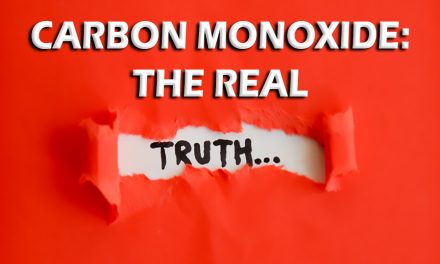It’s not news that the government is pushing increased efficiency and decarbonization with the introduction of the bipartisan AIM Act. New mandates and more stringent ratings, including SEER2, are forcing the residential market to sell a “greener,” more environmentally-friendly solution.
When I first came into the industry at the end of the 1990s, the minimum efficiency for straight cooling in the Midwest was 10 SEER. The 2025 minimum efficiency is 13.4 SEER2.

A few years ago, I owned a residential HVAC company in the western suburbs of Chicago. The local electric utility contacted my distributor about me. Why? Because they saw my company was listed on a third-party contractor locator site that specializes in installing heat pumps.
The utility wanted to connect with me to learn how I became comfortable installing heat pumps. At that time, not many other contractors were doing so.
My answer was, “I use skills learned from the Air Conditioning Contractors of America (ACCA) in residential system design.”

movement forward. But will it work over the long haul?
I added that I believed other contractors didn’t do this as they believed heat pumps don’t work in cold climates.
Rebates and Heat Pumps
Fast forward to when the utility company introduced thousands of dollars in rebates on select heat pumps. Today heat pumps are flying off the shelves.
The utility went through the rebate money much faster than originally planned. To keep the program active, they had to drastically reduce the total rebate amount.
Why were heat pumps collecting dust in warehouses all around Chicago one year, and then suddenly selling themselves the next?
It is the proverbial carrot being dangled in front of homeowners across the country. Everyone wants to take advantage of potentially getting something for nothing.
Rebate Requirements and Certifications
On January 1st, 2024, contractors had to complete several training modules to become “heat pump” certified in order to offer rebates/tax credits. This is on top of the “Energy Efficiency Installer certification” that is currently required in Illinois.
Click Below for the Next Page:













Great article Adam.
Over 10 years ago MidAmerican Energy and Alliant Energy in Iowa required the use of NCI’s CommonCents verification software and pass with a 90% score to qualify for furnace, air conditioner, and heat pump rebates. After one year they dropped the score requirement (we still had to use CommonCents to document though) because so few installations actually met the 90% threshold. After the second year they dropped CommonCents completely. When the utility companies stopped requiring testing as part of their rebate programs I ended my partnership with those programs.
I am very excited to see so many people (most with ties to NCI) embracing high-performance contracting.
Thank you for the kind words, Dave. I feel like your story is probably a common trend in many areas throughout the country. HVAC contractors struggle to keep up with quality standards. A general contractor that I worked with on many historical homes over the years recently told me about another Passive home project they were starting. He said the homeowner found a very reasonable geo contractor that was excited to do the project. I warned him that meeting PHIUS standards is a very difficult task, and many contractors would not be capable of a job of that detail. Fast forward several months I hear they are really struggling with the project.
I do believe that good contractors providing high quality installations that perform as intended should be rewarded. Maybe it is a good thing that most installs don’t hit the 90% score that you mentioned. When I was growing up not all kids received a participation trophy. Maybe if we bring back that mindset, it will drive others to learn and grow.